Education
Chicago Teachers: How We Won Our Strike

In September, 25,000 Members of the Chicago Teachers Union (CTU) stood strong on picket lines and flooded the streets of downtown Chicago in rallies, refusing to return to work until the school district and Mayor Rahm Emanuel came closer to their idea of fair in contract negotiations.
They prevailed. The teachers defeated merit pay, forced the district to hire 600 teachers and took care of laid-off workers. In doing so, they showed that teachers’ unions will not lie down, even as privatization encroaches. The teachers and unions also experienced an outpouring of support from activists and the general public.
How did CTU pull it off? What lessons are there to learn from the victory in Chicago?
A recent forum asked how CTU transformed its union in order to draw lessons for the future from the successful campaign. The forum was documented on video (posted above). Featured speakers are:
- Jesse Sharkey, CTU Vice President
- Sarah Chambers, rank-and-file teacher
- Steven Ashby, Professor of Labor Studies at the University of Illinois
- Flynn Hampton, Chicago Teachers Solidarity Campaign organizer
In the forum, Ms. Hampton goes over how the initial stages of the campaign involved attending budget meetings and holding a rally at a downtown Hyatt to determine the whereabouts of tax dollars that could fill the Chicago School District’s budget shortfall.
Jesse Sharkey, the Vice President of the Chicago Teachers Union says that the strike, “Put the voices of parents teachers and community members back on the map in fighting for quality schools.”
He goes on to describe the feeling of empowerment in the midst of the strike:
We picketed with 20,000 a day, marched with 25,000 … it wasn’t just about winning a contract, it was about building the forces on our side … everywhere you looked there was a sea of supporters.
Sharkey states that the union’s next battle will be to fight over proposed school closings that will be concentrated in the city’s poorest neighborhoods, calling it a “deeply racist program.”
Sarah Chambers speaks about CTU’s 100 percent attendance rate during the strike as the culmination of a long effort to build solidarity among the rank and file — solidarity that was built during the lead up to the 98 percent strike authorization vote.
Professor Ashby contrasts CTU’s ability to show up in the tens of thousands everyday, all day for rallies and pickets, with the “lawn chair” strikes of the 1980s. He states that pickets used to last two hours, then strikers would eat breakfast and go home.
Not in Chicago. Anything short of the full commitment that stemmed from coalition building would have meant failure. The union built support and worked toward a solution for the better part of a year, and turnout for rallies was much greater than expected as a result.
The forum is essential viewing for organizers planning or involved in campaigns, actions or strikes, and anyone curious as to how CTU won an improbable — and definitive — victory.
Matthew McDermott is a Unionosity editorial assistant and outreach coordinator. His post is republished with permission.

-
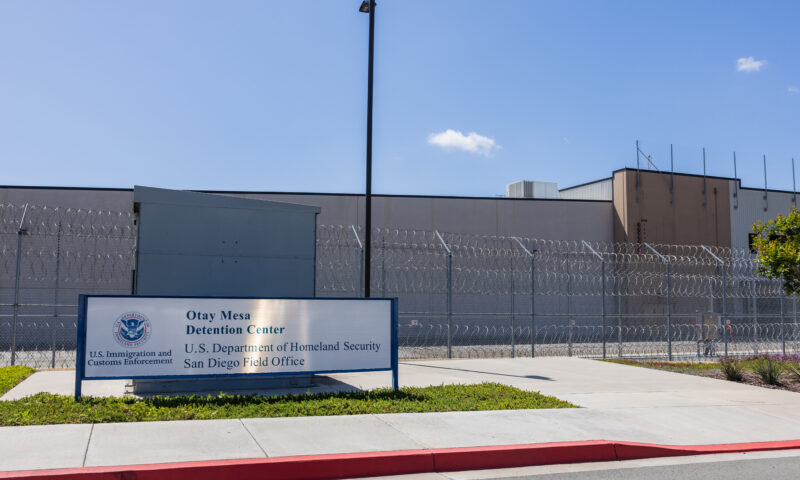
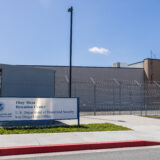 Latest NewsOctober 14, 2025
Latest NewsOctober 14, 2025People in ICE Custody Face Invasive Strip Searches After Visits With Loved Ones
-
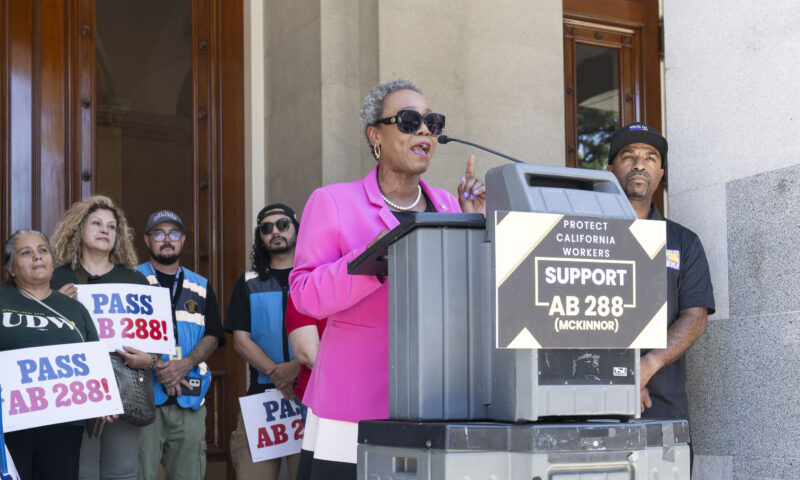
 Column - State of InequalityOctober 9, 2025
Column - State of InequalityOctober 9, 2025California Joins New York in Trying to Fill a Void on Worker Protections
-
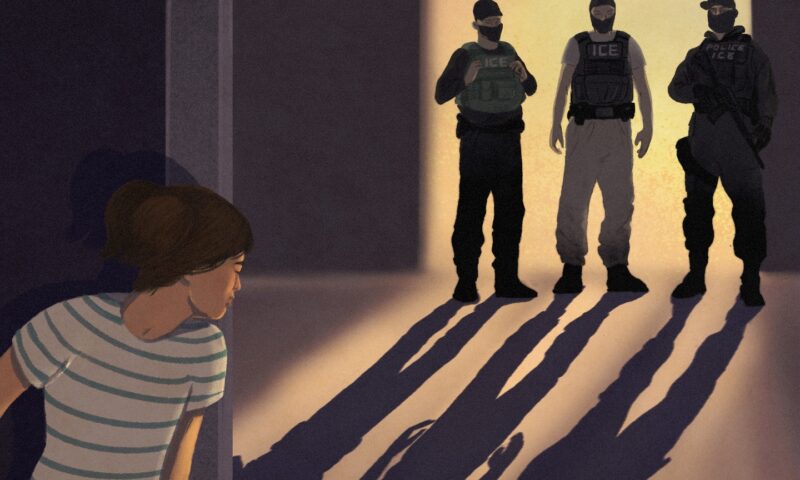
 Column - California UncoveredOctober 14, 2025
Column - California UncoveredOctober 14, 2025‘They Just Took You Away’
-

 Dirty MoneyOctober 6, 2025
Dirty MoneyOctober 6, 2025On Louisiana’s Gulf Coast, Residents Fume as Insurers Hike Rates and Invest in Fossil Fuel Projects
-
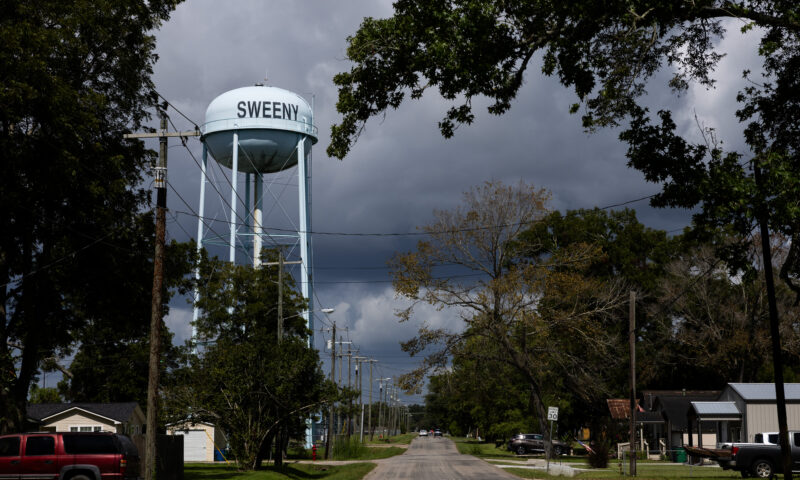
 The SlickOctober 10, 2025
The SlickOctober 10, 2025It’s Brown And Burns Your Eyes. In Small-Town Texas, Clean Water Is Elusive.
-

 Striking BackOctober 15, 2025
Striking BackOctober 15, 2025Dollar Store Workers Fight to Improve Jobs, Even Without a Union
-

 Column - State of InequalityOctober 16, 2025
Column - State of InequalityOctober 16, 2025Five-Day Strike by Kaiser Permanente Workers Is About More Than Money
-

 The SlickOctober 17, 2025
The SlickOctober 17, 2025Oil and Gas Companies Used Banned Toxic Chemicals Near the Rocky Mountains

